Posts Tagged 'binocular'
December 5 2025, Stefan Rieger
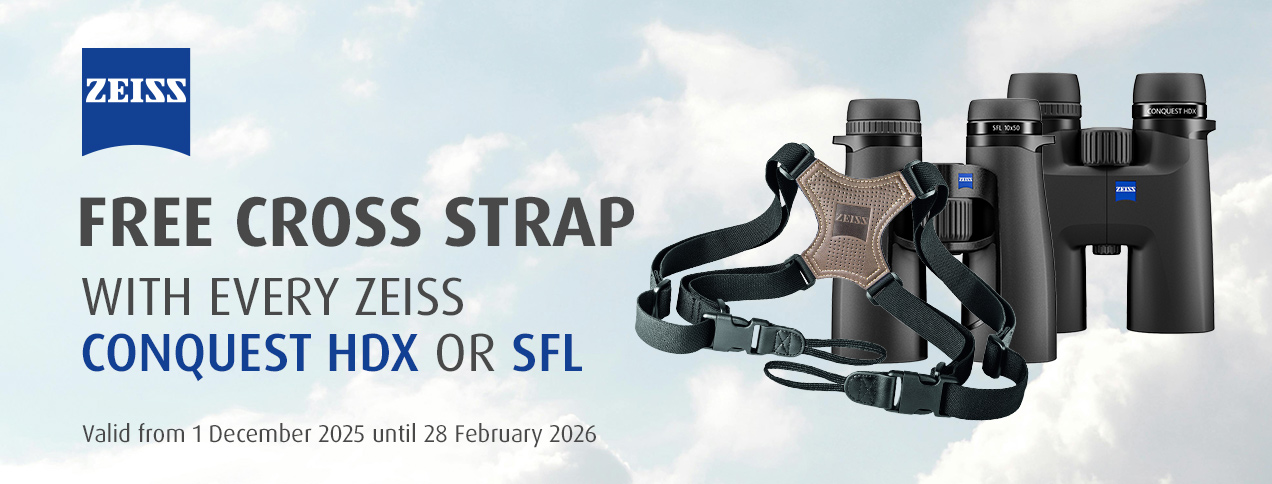
Just in time for Christmas, ZEISS has once again come up with something special for its customers. From 1 December 2025 to 28 February 2026, receive a free harness worth €50 with any purchase of binoculars from the Conquest HDX or SFL series.
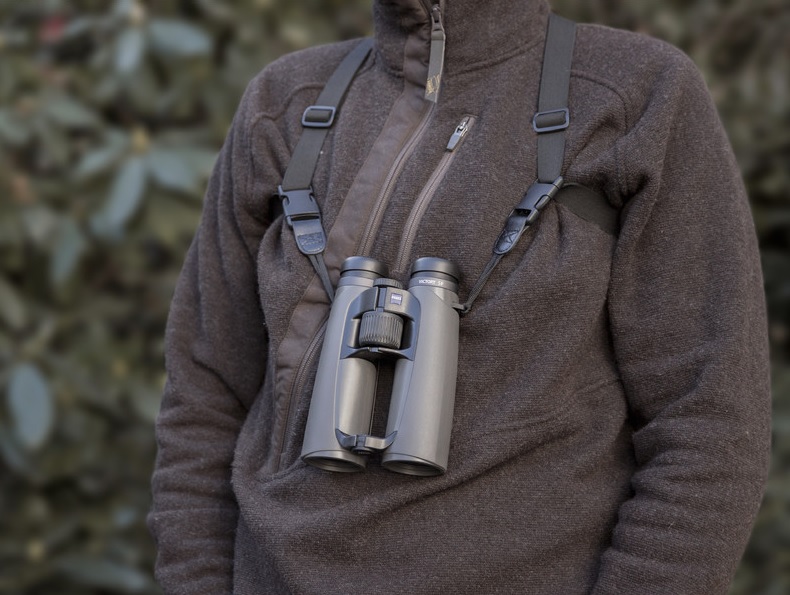
Thanks to its special shape, this harness strap noticeably relieves strain on the neck muscles and makes carrying binoculars all day long comfortable.
Get yours now and enjoy the comfort of this harness.
Tags: ZEISS, Binocular, SFL, Conquest HDX, Comfort strap
Posted in Sale|Sale
»
August 1 2025, Marcus Schenk
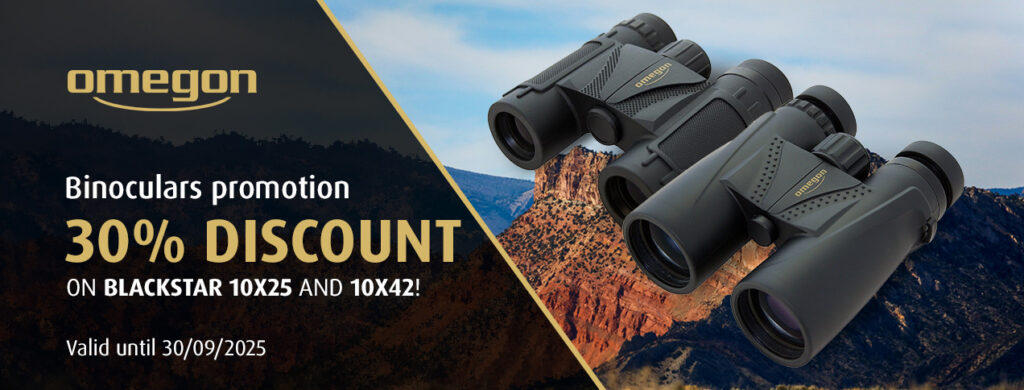
Time to keep your eyes open again! With our summer promotion, you save a whopping 30% on the popular Omegon Blackstar binoculars 10×25 and 10×42 – only until September 30.
Whether you are out walking, traveling, or taking a spontaneous look at the night sky – these compact roof prism binoculars are always at hand. Clear, sharp, reliable and so robust that they belong in every backpack. Especially in this price range, it is rare to find such a great combination of mechanics and optics.
Don’t miss out – a good pair of binoculars is something everyone should have at home.
Offer valid from 1.08–30.09.25 – while supplies last.
Tags: Binocular
Posted in Sale|Sale|Sale
»
April 9 2025, Stefan Rieger
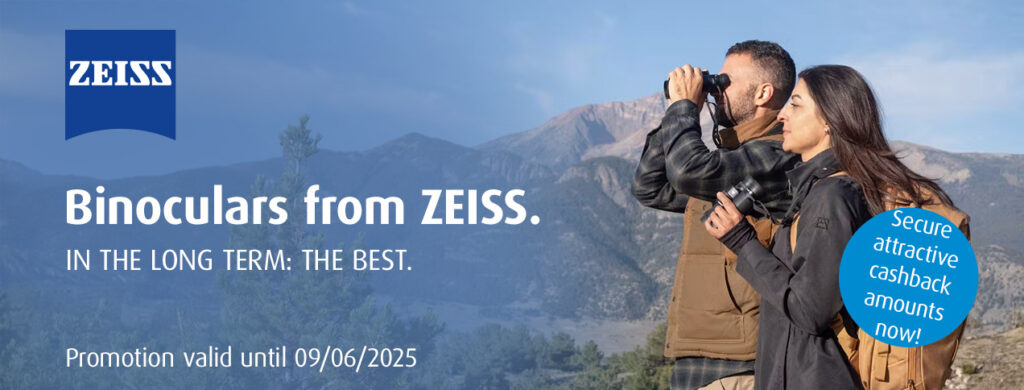
Spring is in full swing. The trees are budding. In every bush and branch you can hear the voices of the returning migratory birds and nest building has begun.
If you want to buy a new pair of ZEISS binoculars in time for the start of spring, we are working with ZEISS to make your decision a little easier.
ZEISS will give you a refund of up to 400 £ / € 450 after your purchase. The exact amount depends on the model.
Once again in detail:
Here you will find more information about the promotion and the countries eligible to participate. You can also register your new binoculars here!
So take advantage of this promotion between 01.04.2025 and 09.06.2025 and get money back from ZEISS!
Tags: ZEISS, Conquest, victory, Carl Zeiss, Binocular, SFL, Terra
Posted in Sale|Sale
»
April 7 2025, Stefan Taube

Celebrate the start of the most beautiful season with us! Make yourself and your loved ones happy!
We offer selected gifts for young nature lovers and old hands alike:
Be inspired by our ideas and discover the reawakening of nature!
Browse through our Easter gift ideas and give yourself and your loved ones a little treat!
Tags: telescope, Binocular, gift idea
Posted in Sale
»
December 12 2024, Stefan Rieger
The Japanese optics and telescope specialist Vixen presents the ATERA II 16×50 ED, innovative binoculars that are perfect for Astronomy and nature observations.
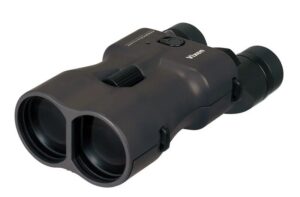
With a 16x magnification and an integrated image stabilizer, this device enables razor-sharp observations even at high magnifications.
This allows animals or constellations to be precisely identified – ideal for experienced observers and beginners alike.
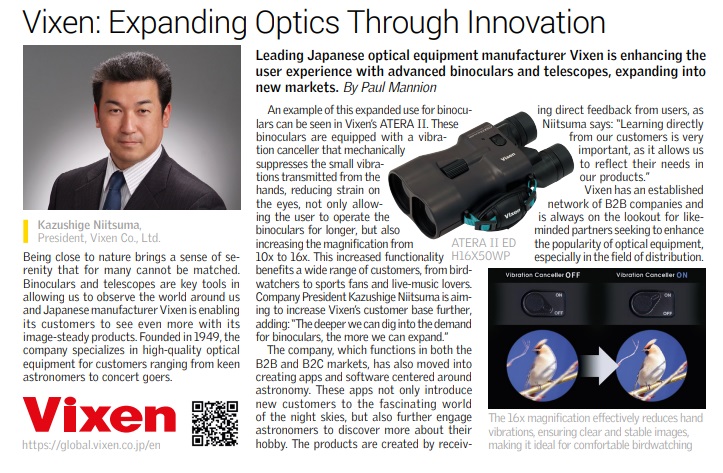
The Newsweek report above presents this exciting new product in detail. You can get even more insights into the traditional company Vixen and its products in this interview.
If you would like to discover the Vixen ATERA II 16×50 ED WP directly, you can find it right here.
Immerse yourself in a new dimension of observation!
Tags: Vixen, Binocular, Image stabiliser, Atera II 16x50 ED WP
Posted in New Products|New Products
»
December 10 2024, Stefan Rieger
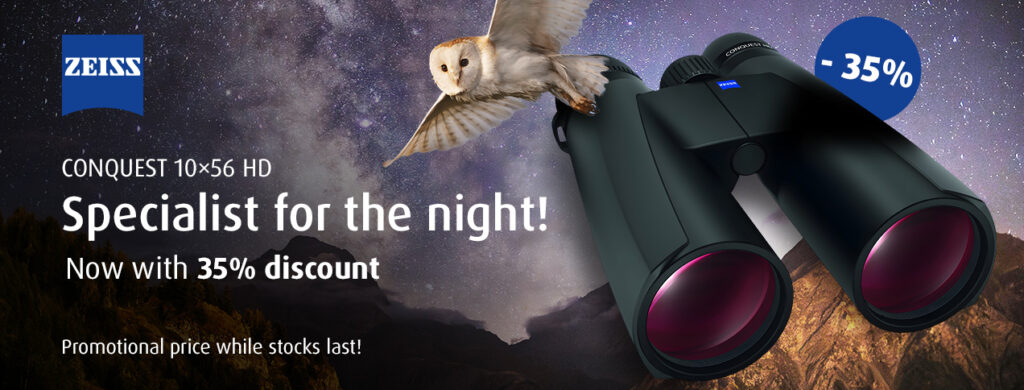
For all those who like to observe stars, owls or other animals in the deep dark of the night, there is a very special bargain for you! The high-quality ZEISS CONQUEST HD 10×56 impresses with a 90% transmission performance.
Get this specialist for nocturnal observations at the special offer price of €999 instead of the former recommended retail price of €1,600. You save a whopping 35%!
Offer only valid while stocks last. Grab it quickly!
Tags: Carl Zeiss, Binocular, Conquest HD 10x56, ZEISS
Posted in Sale|Sale
»
December 2 2024, Marcus Schenk
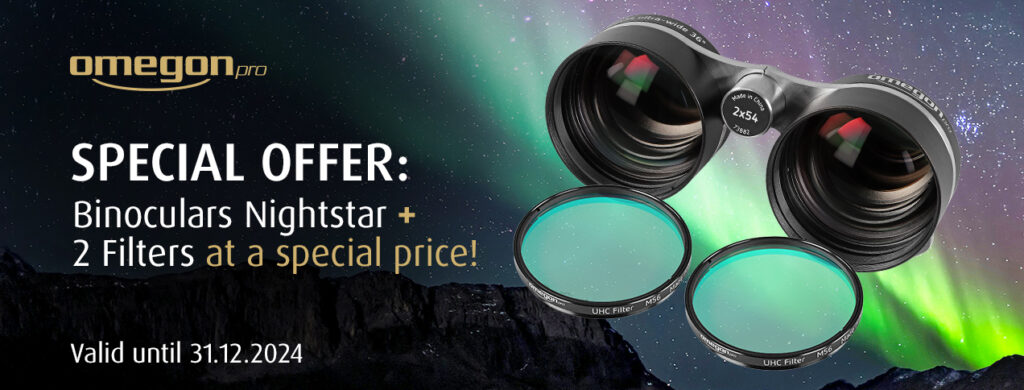
Experience the beauty of the night sky with these 2×54 wide-field binoculars, including a filter set.
Get yours now and save money.
Offer valid until Dec 31st, 2024
Tags: Binocular, Omegon
Posted in Sale|Sale
»
November 14 2024, Stefan Rieger
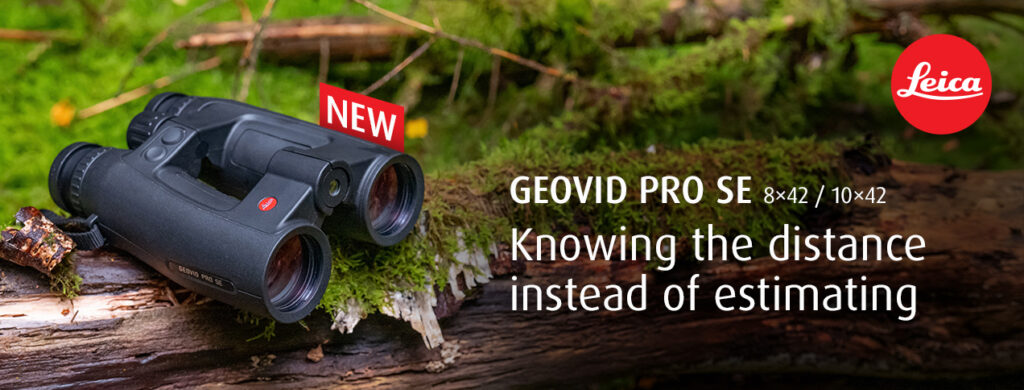
Just in time for the start of the driven hunt season, Leica has introduced a new range of binoculars with a rangefinder. The Geovid Pro SE in the 8×42 and 10×42 versions.
Thanks to the special prism shape, the so-called Perger-Porro prism and the integrated HD optics, these binoculars deliver maximum brightness and brilliance. The rangefinder measures up targets to a distance of approx. 2000 meters and offers a breakpoint correction up to a distance of 800 meters. The Leica Pro Track function allows you to find your target quickly and reliably.
Order your new binoculars with rangefinder today and get the certainty of measuring future distances – and no longer having to estimate them!
Tags: Leica, Geovid, binoculars, Binocular, Rangefinder
Posted in New Products|New Products
»
August 1 2024, Stefan Rieger
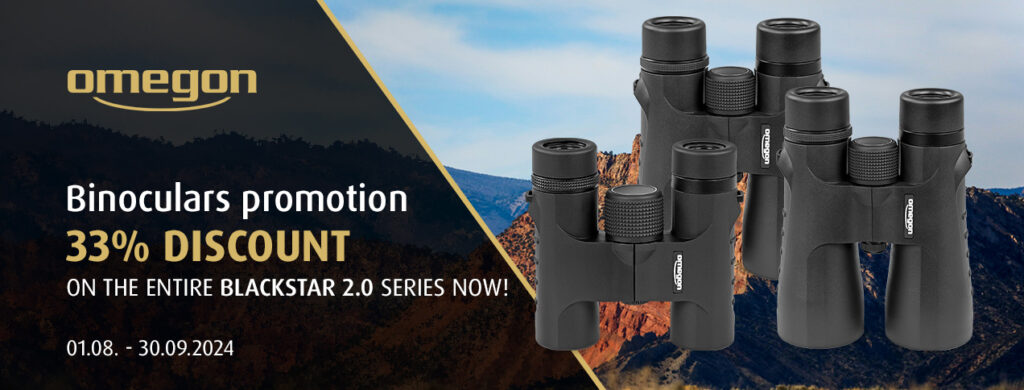
We are currently offering our binoculars of the Omegon Blackstar 2.0 series, which are very popular among beginners, with a 33% discount.
Key features of the Blackstar series:
- Comfortable viewing thanks to twist-out eyecups
- Multi-coating provides a high-contrasted and detailed image of the surroundings
- True-to-life image
- Compact design combined with a bright image
- Good color correction
- Shockproof and waterproof housing protect the binoculars when travelling
If you are seeking for a pair of binoculars with an excellent price/performance ratio, get these now!
The reduced price is valid only until September 30th, 2024.
Tags: Omegon, binoculars, Binocular, Sale, Blackstar 2.0
Posted in Sale|Sale
»
July 2 2024, Stefan Rieger
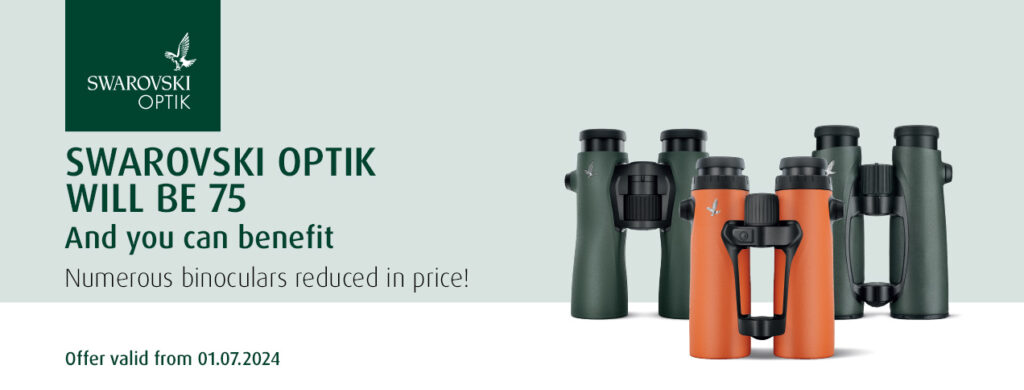
To mark the 75th anniversary since Swarovski Optik was founded, the prices of some items have been reduced. The prices of the following products have been reduced:
Swarovski binoculars of the EL series with 42mm, the EL RANGE series with 42mm objective lens diameter and the NL Pure series with 32 and 42mm objective lens diameter.
Take advantage of the anniversary prices and order now!
Tags: Sale, NL PURE, EL, Swarovski, EL Range, binoculars, Binocular
Posted in Sale
»












